Confinement
Following the fourth attempt on Mussolini’s life in 1926, the Fascist government modified the constitution with a series of drastic measures – the so-called state security laws. This ushered in a period of legal terror. A Special Tribunal for the Defence of the State was created, and the death penalty and other punishments were introduced, including cautions (issued by the police), official reprimands and confinement or internal exile (the last two issued by the prefecture).
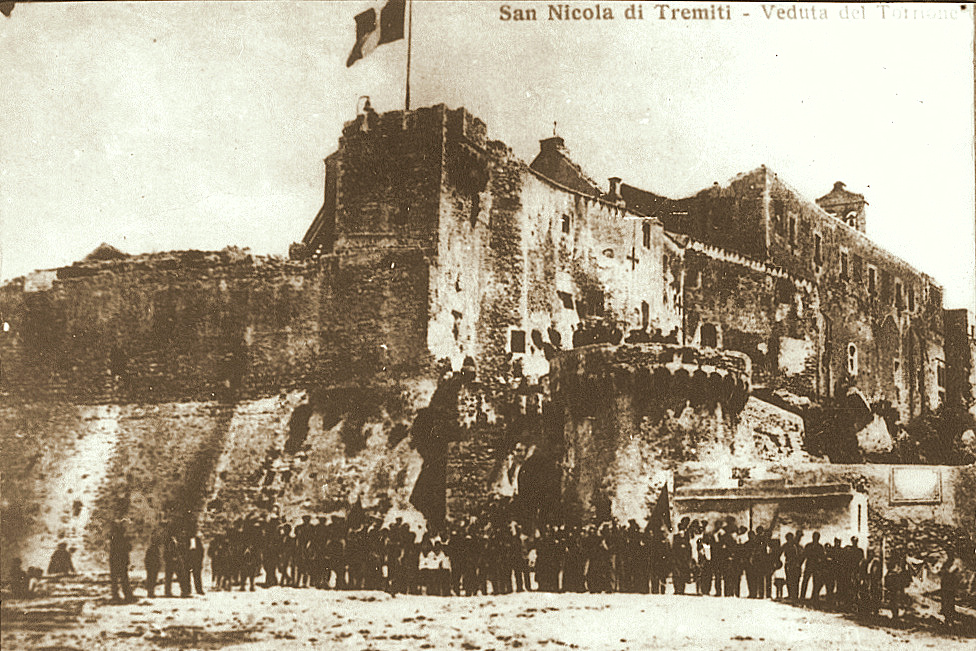 Tremiti Islands – political confinees below the castle walls. Confinement was a form of internal exile where people were forced to leave their homes and live in a distant location under police surveillance and with restricted freedom of movement.
Tremiti Islands – political confinees below the castle walls. Confinement was a form of internal exile where people were forced to leave their homes and live in a distant location under police surveillance and with restricted freedom of movement.
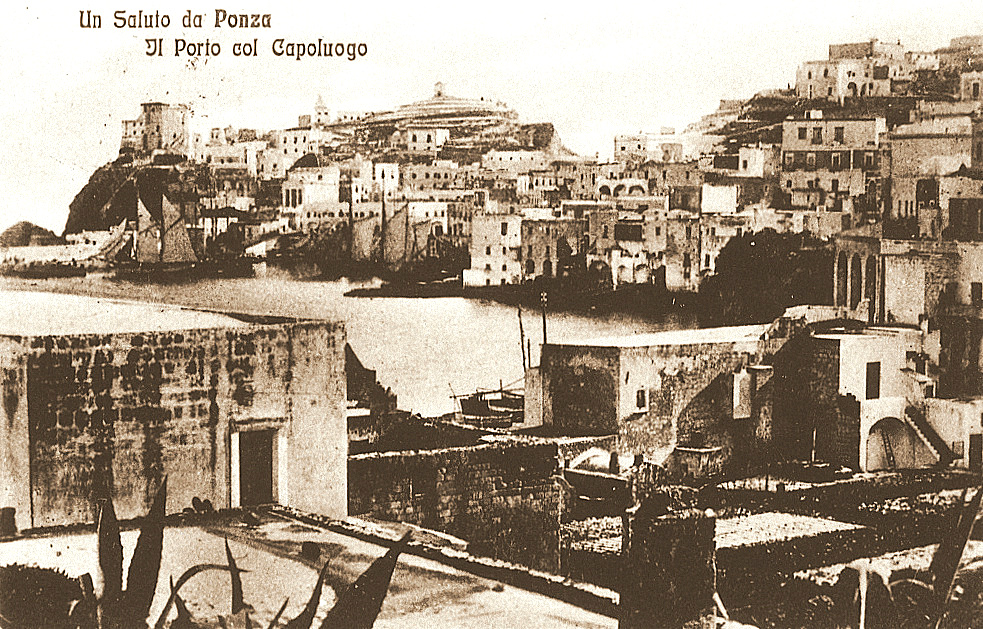 Ponza – one of the Italian islands where political opponents were confined.
Ponza – one of the Italian islands where political opponents were confined.
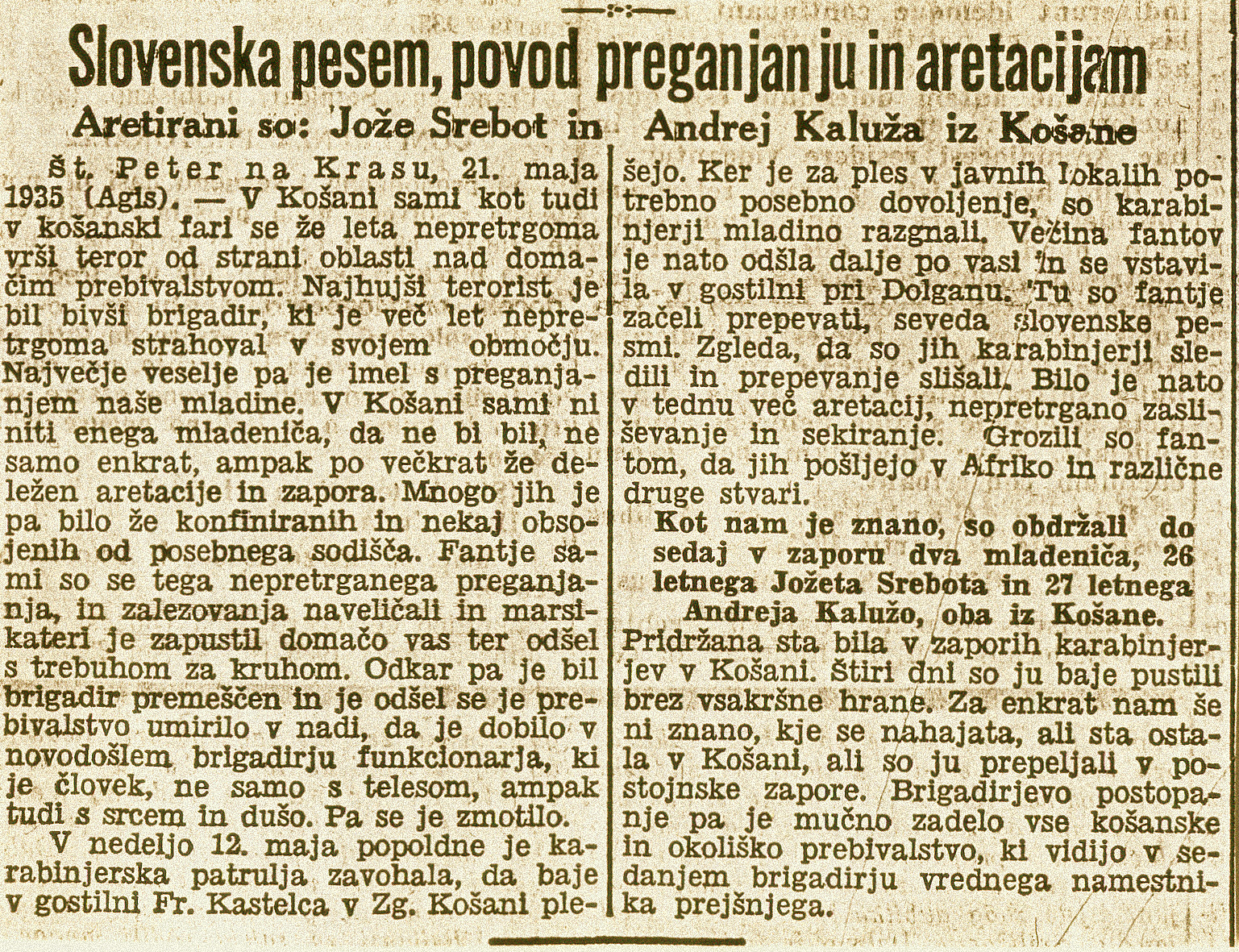 Articles from Istra, the newspaper of the League of Yugoslav Emigrants from the Julian March.
Articles from Istra, the newspaper of the League of Yugoslav Emigrants from the Julian March.
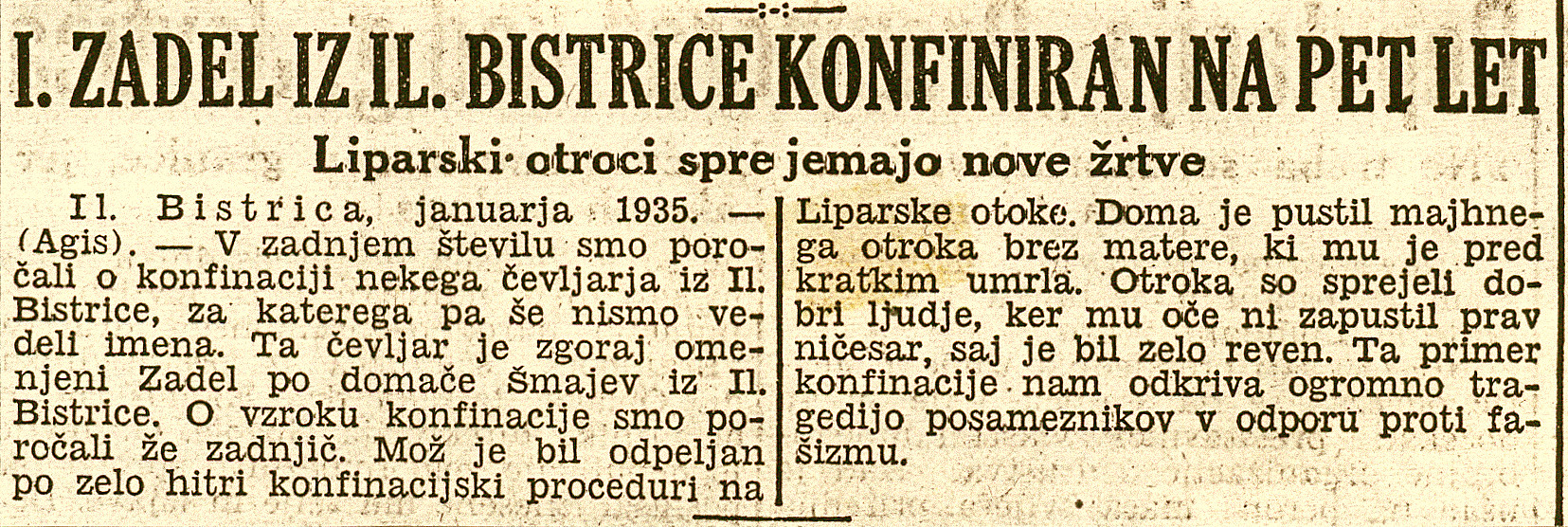 Articles from Istra, the newspaper of the League of Yugoslav Emigrants from the Julian March.
Articles from Istra, the newspaper of the League of Yugoslav Emigrants from the Julian March.
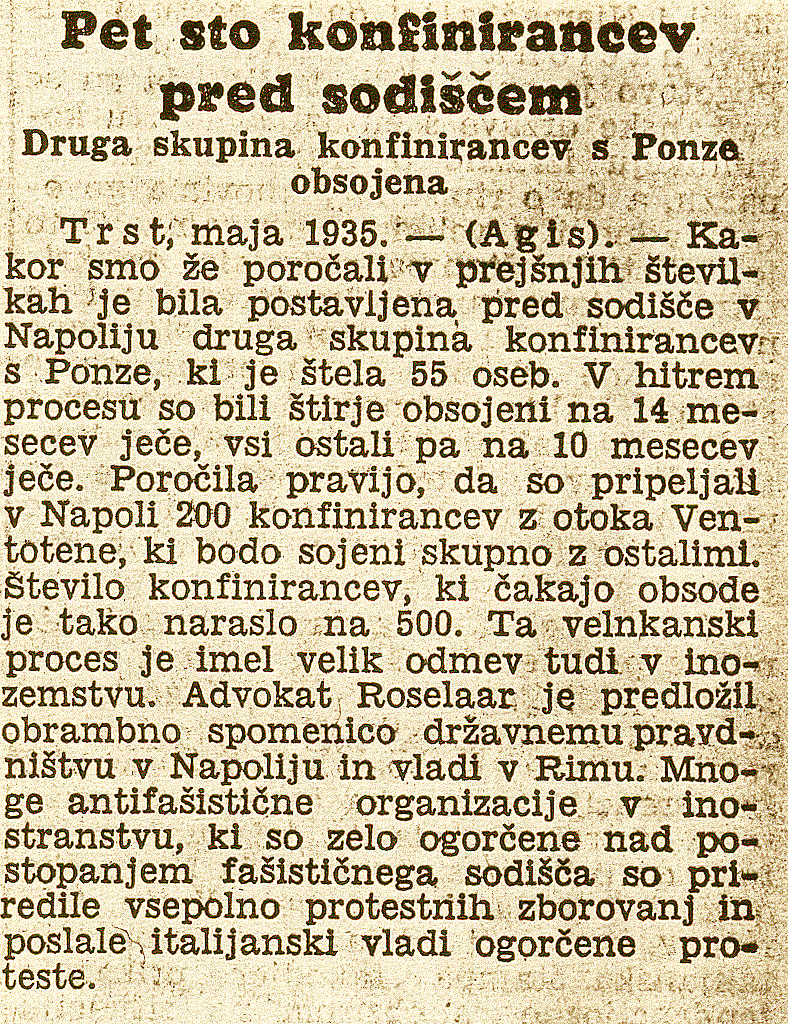 Articles from Istra, the newspaper of the League of Yugoslav Emigrants from the Julian March.
Articles from Istra, the newspaper of the League of Yugoslav Emigrants from the Julian March.
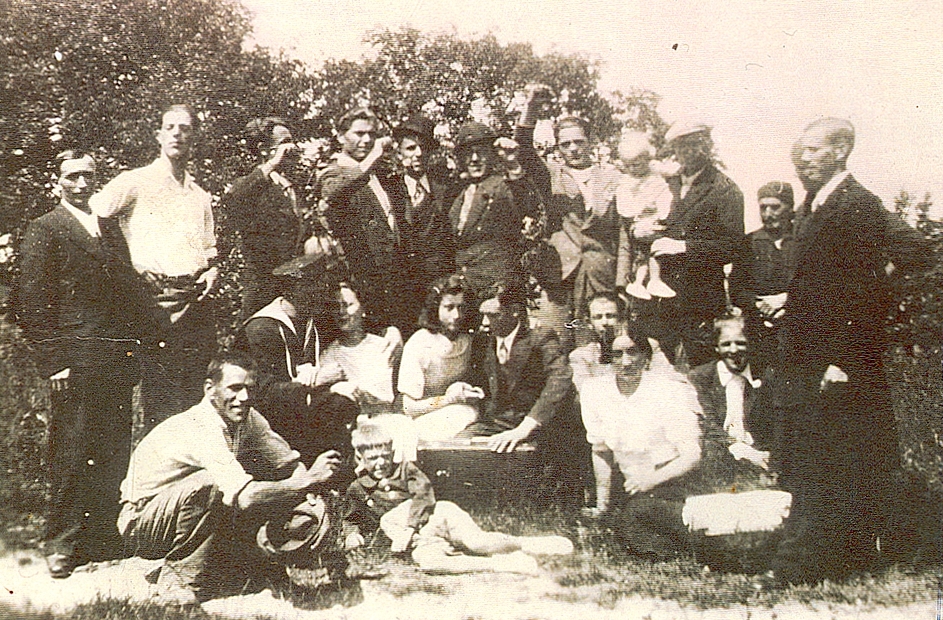 The police imposed harsh penalties even for trifling actions. Young men from Čežarji on their departure for military service in 1937. Those photographed giving a raised-fist salute were punished by two months’ imprisonment and a year’s police surveillance.
The police imposed harsh penalties even for trifling actions. Young men from Čežarji on their departure for military service in 1937. Those photographed giving a raised-fist salute were punished by two months’ imprisonment and a year’s police surveillance.
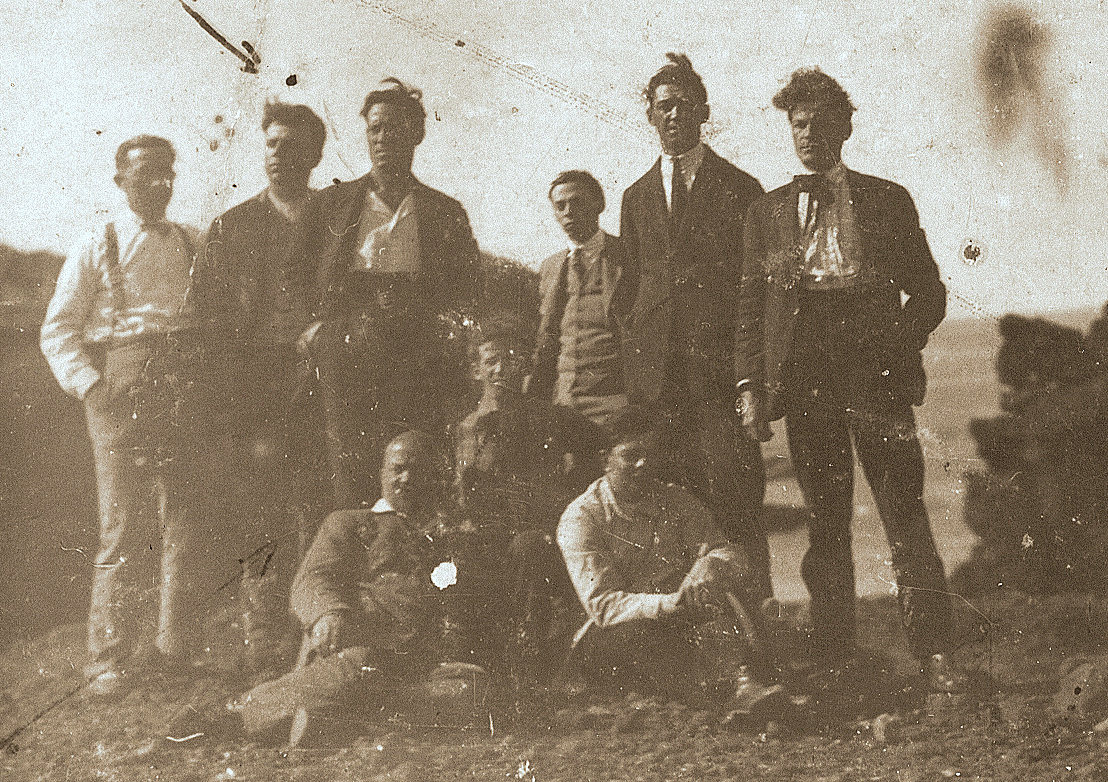 Confinees on the island of Ustica in 1927. Among them is the Istrian Communist Rudolf Bernetič.
Confinees on the island of Ustica in 1927. Among them is the Istrian Communist Rudolf Bernetič.
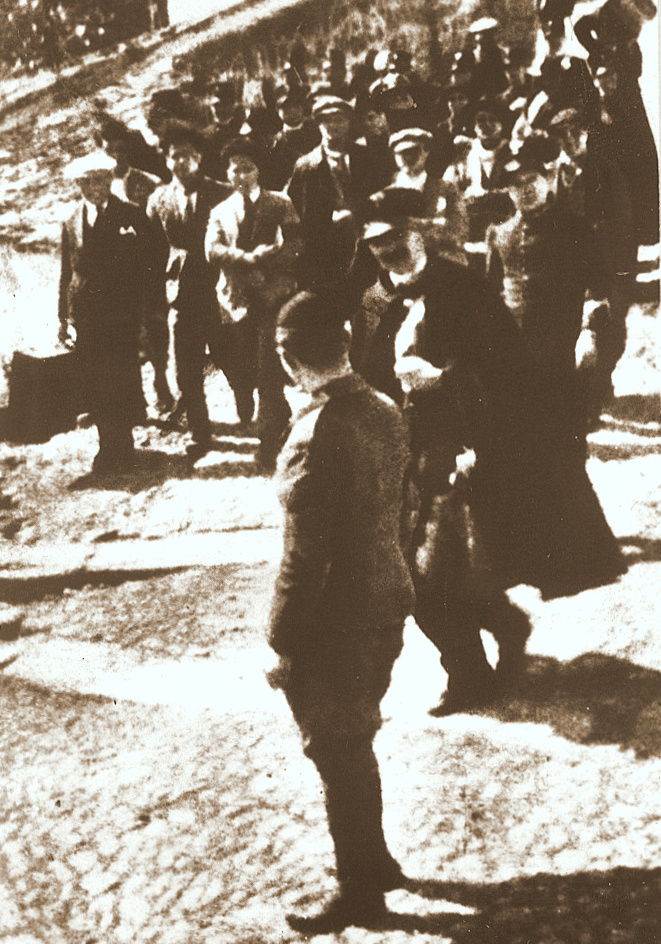 Group of confinees on the island of Ventotene.
Group of confinees on the island of Ventotene.